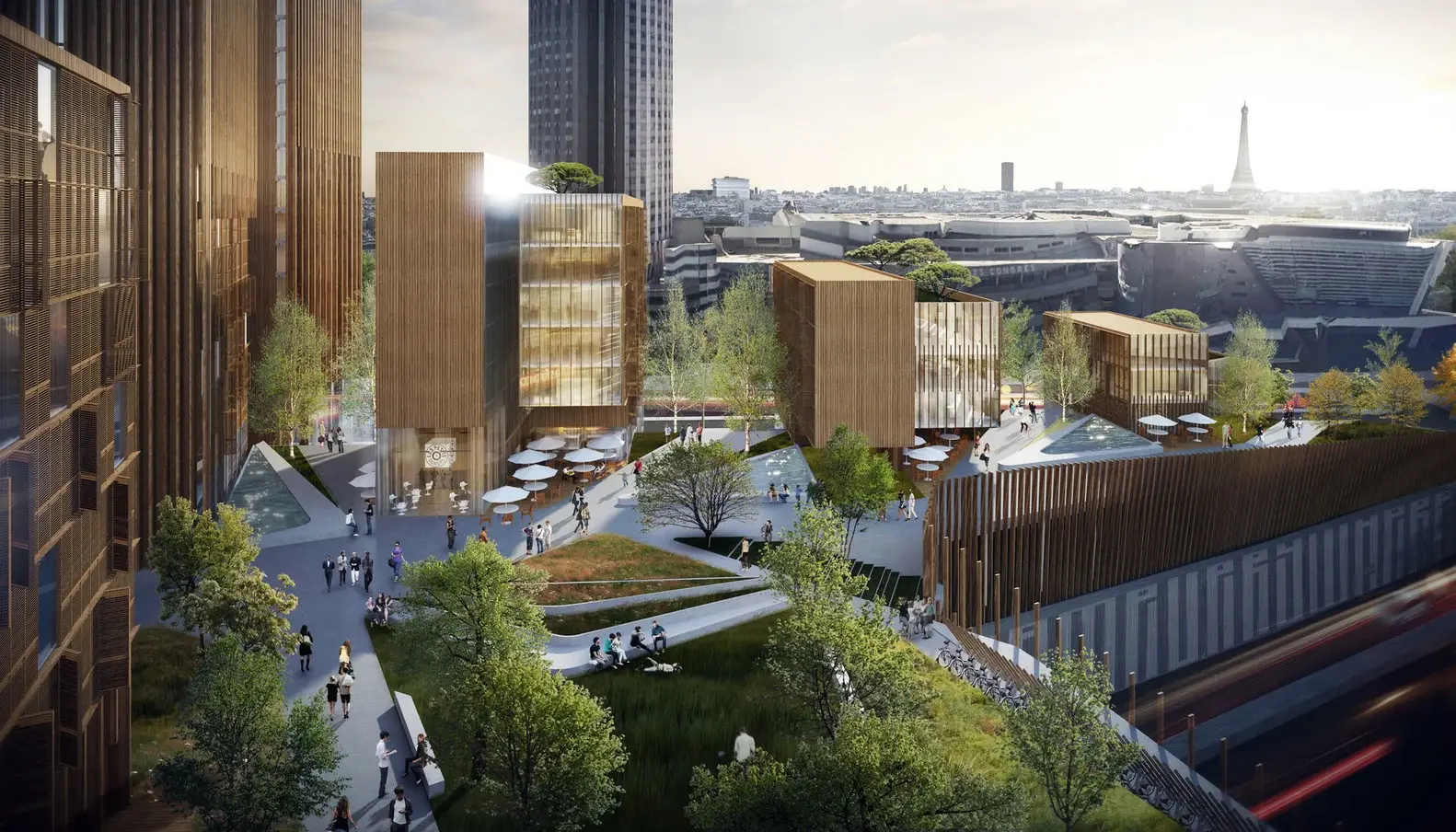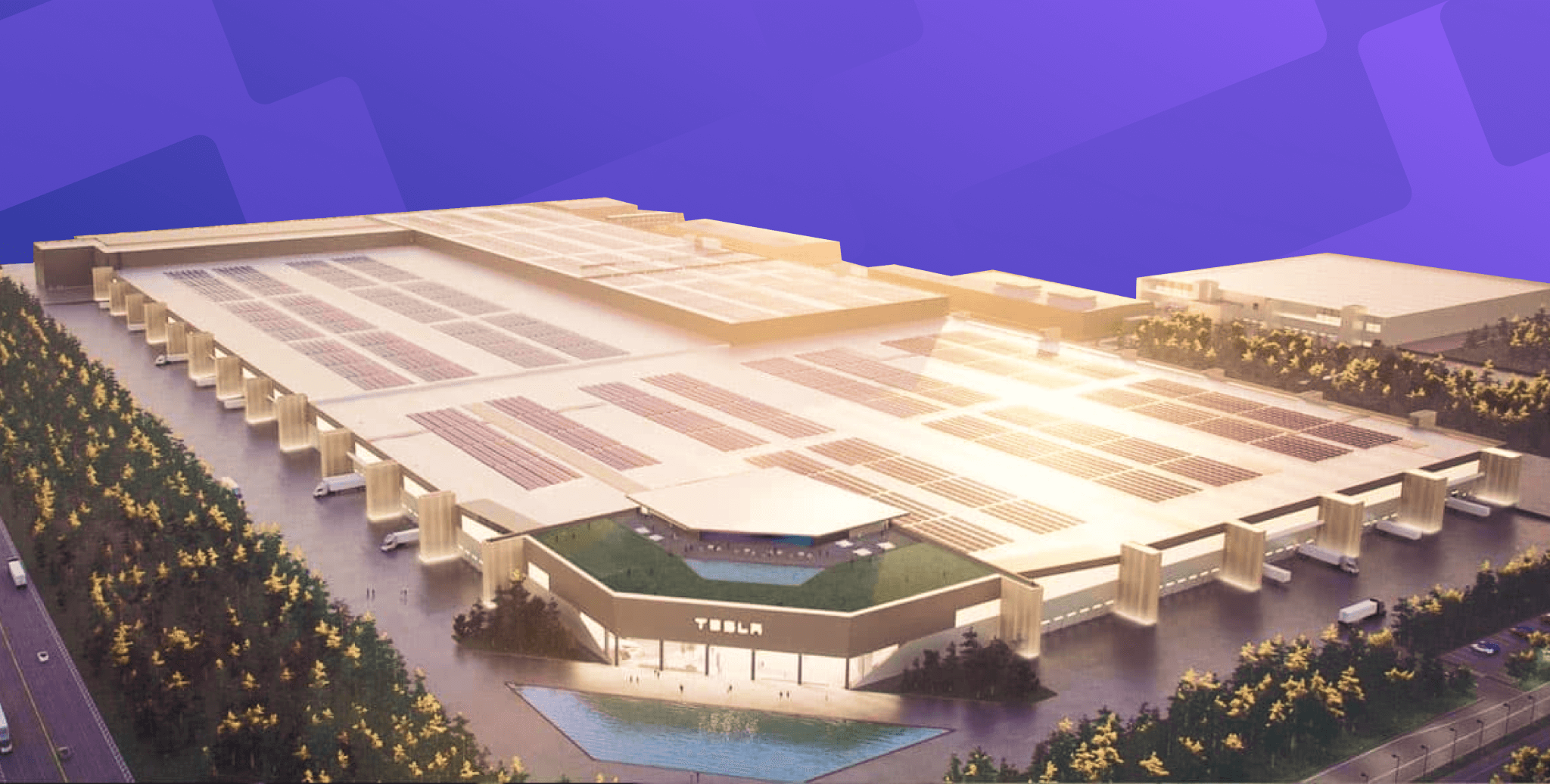
You may have, in recent days, found yourself inundated with chatter about the concept of “going net-zero.” This phrase has been on the lips of politicians and activists alike as countries around the globe scramble to outline their plans for reducing greenhouse gas emissions. The stakes are high, and the clock is ticking: China has pledged to hit net-zero by 2060, while the likes of France, the United Kingdom, and New Zealand have set their sights on 2050. Even Australia, with all its states and territories having already developed net-zero strategies, is putting pressure on its federal government to make a nationwide commitment. India is also aiming for net-zero by 2070.
But here’s the thing: it’s not just a matter of planting more trees or investing in the latest clean energy technology. As it stands, the world's collective carbon emissions are simply too high for these measures to have a meaningful impact. To achieve true net-zero status, we’ll also need to explore carbon-negative design approaches—methods of removing CO₂ from the atmosphere altogether. Only then can we hope to turn the tide on this pressing issue.
The Built Environment’s Role in Climate Change
As the world grapples with the realities of climate change, the importance of taking decisive action has become increasingly clear. Since the signing of the Paris Agreement in 2015, there has been a concerted effort to tackle this global challenge, with many countries committing to achieve net-zero emissions by 2050.
While there are many factors at play in the fight against climate change, one area that has emerged as particularly critical is the built environment. Buildings account for a staggering 39% of global greenhouse gas emissions, with operational emissions and building materials and construction each contributing 28% and 11%, respectively.
It is clear, then, that addressing the carbon footprint of our buildings will be essential if we are to achieve the ambitious goals set out in the Paris Agreement. From retrofitting existing structures to designing new, more sustainable buildings from the ground up, there are a myriad of ways in which we can work to reduce our reliance on carbon-intensive construction practices and operational systems.
What is Carbon-Negative Architecture?
The Architecture, Engineering, and Construction (AEC) industry today is taking an innovative route to reducing the carbon footprint of the built environment. Rather than creating structures that harm the environment, professionals are working to develop buildings that actively benefit the planet. The driving force behind this movement is sustainability, which recognizes the urgent need to balance the natural ecosystem in order to prevent catastrophic consequences for humanity.
Enter carbon-negative architecture, an innovative approach that promises to remove more atmospheric carbon and greenhouse gases than emitted during construction, operation, and eventual demolition. Achieving this feat requires careful planning, regenerative design, and on-site carbon sequestration, all of which work together to create buildings that actively combat climate change. By going beyond traditional carbon-neutral design strategies, which simply offset emissions in other places, carbon-negative architecture comes as a much needed thoughtful solution in the fight against climate change.
In a cutting-edge approach that preserves both, precious natural resources and improves the quality of life, carbon-negative architecture incorporates a variety of features, including:
- Efficient use of energy, water and other resources;
- Use of renewable energy, such as solar energy;
- Measures to reduce waste and pollution as well as to promote recycling and reuse;
- Good indoor environmental air quality;
- Use of materials that are non-toxic, ethical and sustainable;
- A structure that is airtight yet breathable, durable, resilient, and low-maintenance;
- A large amount of insulation.
A noteworthy example of carbon-negative buildings is the recently unveiled Powerhouse Telemark office in Norway. In the quiet city of Porsgrunn, nestled among stunning fjords, world-renowned architecture firm Snøhetta has accomplished a remarkable feat of environmental engineering. The modernist structure blends seamlessly into its surroundings while boasting a large photovoltaic canopy that covers its roof and south-facing facade.

The building’s exceptional insulation and energy-generating capacity are at the forefront of sustainable design. The photovoltaic canopy produces a whopping 256,000 kilowatts of energy annually, a truly impressive feat. According to Snøhetta, this will allow the office to produce enough surplus renewable energy to offset all carbon consumed over a 60-year lifespan - including its construction, demolition, and embodied carbon of building materials.
Also check out: 11 Most Effective Sustainable Architecture Buildings in The World
How New Architecture Can Be Made Carbon Negative
It is predicted that by the year 2060, the global building floor area will witness a remarkable doubling in size, making way for an unprecedented wave of urban growth. As we gear up to tackle this challenge, it is estimated that we will need to add a staggering 2.4 trillion square feet (equivalent to 230 billion square metres) of new floor area to the existing global building stock. In other words, we will need to create an entire New York City every month for the next 40 years!
However, to make this ambitious feat a reality, we will need to prioritise sustainable development and focus on achieving zero emissions from new construction. This entails designing and constructing energy-efficient buildings that consume no on-site fossil fuels and rely solely on on- and/or off-site renewable energy sources. Such a move will ensure that the total energy demand of these buildings is kept to a minimum, making it easy for carbon-free renewable energy sources to meet this demand and help us create a livable future.
Using Sustainable Materials
Steel, cement, and other mineral materials, though vital components of construction, are responsible for over 50% of the construction industry's CO₂ emissions. The magnitude of this impact is even more alarming when we consider the raw numbers: one ton of steel production releases approximately 1.8 tons of CO₂, while one ton of cement production emits about 0.58 tons of CO₂.
We can reduce these emissions in three key ways:
1.Opt for carbon-neutral substitutes in our building material selection;
2.Utilise resources more effectively in relation to quantity;
3. Decarbonize the production of materials used in construction.
Significant effort is being invested today towards the development of both carbon-neutral and carbon-negative building materials. Montreal-based company Carbicrete, for instance, has developed a groundbreaking method for sequestering carbon in concrete, with the claim that its product actually captures more carbon than it emits. This technology represents a significant breakthrough in the industry, as it eliminates the need for calcium-based cement, a staple ingredient in traditional concrete that is responsible for a staggering eight percent of global CO₂ emissions.

Carbicrete, a carbon-negative concrete
The urgent need to prioritise sustainable building materials in infrastructure projects is further underscored by a groundbreaking study posited by Korea’s Yonsei University. The study, which evaluates the carbon footprint of building construction, states that the majority of emissions (93.4%) come from the production of building materials used to build.
Using Renewable Energy Sources
As we confront the pressing issue of our dependence on fossil fuels, it becomes increasingly clear that a transition to renewable energy is essential. One of the most accessible renewable energy sources is solar power, which can be harnessed through the use of solar panels. These panels can be installed on rooftops or even utilised by entire communities. In the latter case, solar communities are formed by installing a collection of panels that can be shared amongst neighbours. This not only reduces individual electricity bills but also eliminates the carbon output from traditional energy-generation processes.
While solar power is a popular choice, there are other renewable options available as well. Wind power, for example, can be harnessed through the use of wind turbines. Geothermal energy, on the other hand, uses the natural warmth of the ground to heat homes.
Read more: Energy-Efficient Buildings: The First Step in Design for a Better Future
An inspiring example has been set by the architecture studio White Arkitekter in its design of the timber-built Sara Kulturhus Centre in Sweden. Majority of the building's energy needs will be met by a geothermal heat pump and 1,200 square metres of solar panels on its roof, with the remaining energy coming from renewable sources.

Sara Kulturhus Centre by White Arkitekter
Incorporating Smart Technology
The marriage of technology and green construction holds the key to achieving carbon neutrality. With IoT (Internet of Things)-enabled solutions, building owners, managers, and tenants can identify waste, increase efficiency, and reduce carbon emissions. Harnessing the power of data analytics, smart technologies enable the monitoring and control of energy usage, optimising building operations, onsite energy generation, and battery storage.
These analytics-led innovations offer a wealth of benefits that ensure buildings operate at peak efficiency throughout their lifetimes. By providing a means to track and manage energy consumption, smart buildings allow owners to execute their carbon-neutral roadmap with precision and consistency.
How Existing Architecture Can Be Made Carbon Negative
It’s no secret that the world's existing building stock is a major contributor to carbon emissions. In fact, a startling projection suggests that by the year 2040, a whopping two-thirds of all global buildings will still be those that already exist today. Without a widespread effort to decarbonize these structures, we risk falling short of the Paris Agreement's goal of limiting global warming to 1.5°C. The numbers are clear: if we continue on our current path, these buildings will continue to emit CO₂ emissions unabated, pushing us further away from our climate targets. So what’s the solution?
Performing Energy Upgrades
To achieve complete decarbonization of the building sector, each and every structure must go through a series of energy upgrades that would entail a fusion of several techniques. These include, but are not limited to, enhancements in the energy efficiency of building operations, a transition towards electric or district heating systems that run on renewable energy sources completely devoid of carbon emissions, as well as the procurement and/or creation of renewable energy that is free of any traces of carbon. Such a sweeping transformation would be essential for the realisation of a truly sustainable future, and to ensure that the building sector remains at the forefront of the global fight against climate change.
Aligning Intervention Points
Intervention points in buildings occur at various stages: during the sale, renovations, replacements of systems, materials, and equipment, capital improvements, changes in zoning or use, and upgrades for life-safety and resiliency (such as preventing seismic activity, flooding, fire, and power disruptions). Matching energy upgrades with market-driven intervention points can considerably lessen the cost and inconvenience for building owners and occupants. Energy upgrades that are in line with intervention points also encourage the expansion of markets for building renovations and renewable energy generation, which boost local employment opportunities, market growth, and tax revenue in the long term.
In this regard, one has much to learn from the case of Hotel GSH’s carbon-negative building extension proposed by Architecture studio 3XN in Denmark. This new addition, crafted from a cross-laminated timber structure, will be designed to withstand the test of time, with an emphasis on utilising sustainable materials. Clad with wooden panels and insulated with wood fibres, the extension will incorporate passive design strategies and renewable energy technologies to reduce its carbon footprint. To further bolster its environmentally conscious ethos, the space will be furnished with recycled materials.

A render of the proposed extension to Hotel GSH, Denmark
Breaking Ground for a Sustainable Future
Carbon-negative architecture represents a beacon of hope amidst the daunting environmental challenges confronting our planet. This visionary approach, which emphasises the use of innovative techniques and materials that absorb carbon dioxide from the atmosphere, holds the promise of not only reducing our carbon footprint, but also reversing it altogether.
As architects and builders begin to explore the vast potential of carbon-negative architecture, the possibilities for its widespread adoption are as numerous as they are inspiring. A world where our buildings not only serve a functional purpose but also actively contribute to the preservation of our planet for future generations is now within reach.
Wish to be among the revolutionary architects designing carbon-negative buildings? Equip yourself with relevant skills to design sustainable, energy-efficient, and carbon-sequestering buildings. Learn computational design through Master Computational Design Course: a cohort-based course offered by Novatr where you can learn industry workflows and software.
Was this content helpful to you










